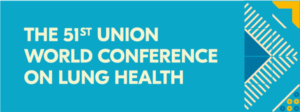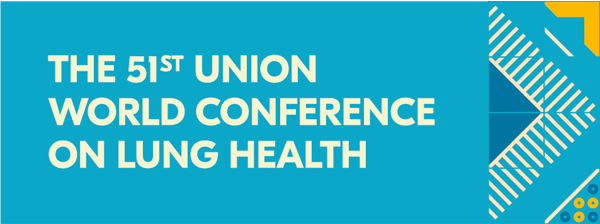
TB DIAH staff participated in the 51st Union World Conference on Lung Health. The conference took place October 20-24, 2020 and was, for the first time, held virtually due to the COVID-19 pandemic. The Union deserves kudos for adapting to the current circumstances and organizing a virtual conference that still provided the rich and engaging discussions experienced during past conferences. While there is no replacement for the in-person pleasure of networking with colleagues, it was vital to hold the conference, particularly during this pandemic, to share our collective work in advancing TB diagnosis, care, prevention, and treatment. Never before have the challenges been so great and the need to share our experiences so important.
TB DIAH Participation
TB DIAH participated in two sessions sharing results from our Quality of TB Services Assessment (QTSA) findings from Uganda, Ethiopia and the Philippines.
Nikki Davis participated in the “OA-09: What Patient-Care Really Means” session with five additional speakers. Her presentation, “A 360 degree view of TB-related stigma in Uganda: findings from a mixed methods study involving perceptions from patients, providers and communities (OA-09-551-21),” focused on stigma as a key driver that hinders TB control programmes by negatively affecting delay in care-seeking and treatment adherence. The QTSA was conducted to understand perceptions and knowledge of TB-related stigma among TB providers, patients, and community members and to inform TB program strengthening efforts in Uganda. Access the full quantitative and qualitative reports.
Kola Oyediran participated in a e-poster session titled “EP13-Improving all steps of the TB cascade of care: from identification to beyond treatment.” Dr. Oyediran’s poster, “Pathway for TB care seeking and treatment: multicountry analysis among TB patients in Ethiopia, the Philippines and Uganda (EP13-221-22),” highlighted the fact that challenges in the path to TB diagnosis and treatment vary by country and program interventions should be tailored to the local context. The QTSA in the Philippines, Ethiopia, and Uganda revealed variance in the timing between key steps in the TB cascade–health seeking, testing, and treatment initiation. The full reports can be found here
Reflections from TB DIAH staff
TB DIAH staff who attended the virtual conference share their reflections below.
Stephanie Mullen, DrPH, Project Director:
- I found the themes of how COVID-19 programs can learn from TB and vis versa thought-provoking, especially around data. For example, during the session “P2-COVID-19: Major disrupter, new opportunities,” Professor Madhukar Pai, McGill University, asked whether there is anything from the COVID-19 response that can be used in the fight against TB. COVID-19 screening and tracking apps, real-time dashboards with country and city data, are just some examples of technologies, which could be repurposed for TB, with Pai asking, “Why can’t we have this for TB?” and “Why do we have to wait to see this data just once a year?”
- Because TB DIAH’s main goal is to strengthen TB information systems, I appreciated Dr. Maria Van Kerkhove, head of the World Health Organization’s Emerging Diseases Unit, acknowledgement during the conference that there is no substitute for strong public health systems, whether it be for COVID-19, asthma, COPD, cancer, or TB. People’s lives depend on it.
Nikki Davis, MPH, Research, Monitoring, and Evaluation Advisor:
- An interesting take-away for me was the multiple sessions and posters focusing on person-centered or human-centered approaches to improving TB care. Most of these presentations examined how the use of such approaches has the potential to not only cover larger populations of those most at risk for TB but also target those who have historically been considered “hard-to-reach” populations. Of those sessions, “SP-28-My care, my metrics: why patient definitions of person-centred care are critical” provided a holistic view with presentations that discussed human-centered approaches to improving TB care both at the patient level and policy level.
Upama Khatri, MPH, Senior Technical Advisor for QTSA:
- I was struck by the call for using human-centered design to improve quality of care and the call to make a paradigm shift from one of a “disease control” model to a patient-led and patient-centric model. The example that was given was how directly observed therapy, the hallmark of TB care, is not person-centered but rather “military style” in nature and that we have to move towards a more patient-centric and menu-driven approach with more options. The session also made the point that when we (researchers, programmatic people, etc.) think of quality of care, we think of the final outcomes. However, when patients think of quality of care, they think in terms of the process, such as whether they were treated with dignity, their privacy was respected, they were given holistic care including counseling for management of adverse reactions, etc.
Visit the Union Conference website to access conference resources and watch sessions.

